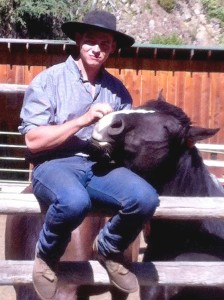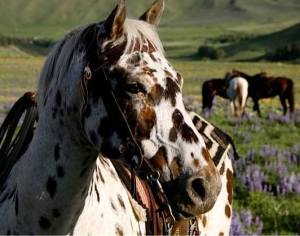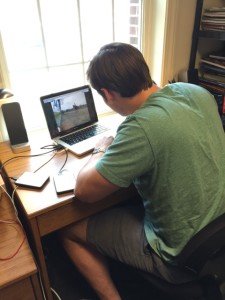At BestHorsePractices, we connect equine research with everyday interactions and share the discoveries of good research with Regular Joe’s.
Follow Fred features a young man with his feet firmly in both BHP camps: horsemanship and science.
Fred Holcomb, a student at Davidson College, has excelled at English and Western riding, including a lengthy stint at the Alvord Ranch with Martin Black and seminar work with Black and Dr. Steve Peters. Read more about Holcomb.
At Davidson, Holcomb pursues a psychology degree with a minor in neuroscience. His senior thesis, including a summer research project on a Wyoming ranch, focuses on equine cognition.
Read more about Follow Fred.
In this installment, Holcomb details aspects of the analysis of his field work at the HF Bar Ranch in Wyoming.
By Fred Holcomb
Research is going well. This semester will be the large and final push. Last fall, I developed a coding scheme for my video data 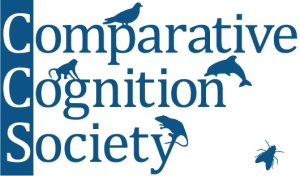 and applied for and received additional grant funding to pay hypothesis-blind students to go through the video data. They are five students who are unaware of my hypothesis and the initial results. This semester, I’m working with the team to go through the videos. We’ll be scoring them and comparing scores to test for potential bias on my part.
and applied for and received additional grant funding to pay hypothesis-blind students to go through the video data. They are five students who are unaware of my hypothesis and the initial results. This semester, I’m working with the team to go through the videos. We’ll be scoring them and comparing scores to test for potential bias on my part.
Once that is completed, I will compile and analyze my data in the hopes of both publishing and (importantly) graduating.
I also submitted an abstract of the project to The Comparative Cognition Society and will present a poster of my project at their spring conference in Florida.
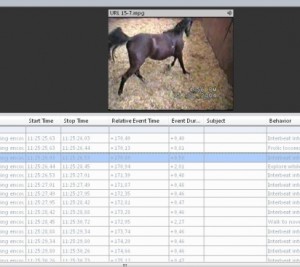 What’s coding?
What’s coding?
Coding is the process by which an animal’s behaviors are recorded and quantified for later analysis. A coder has a specific definition for a behavior of interest (say, spooking) and then evaluates an animal’s behavior over time to see how many times the animal performs that behavior.
By quantifying the appearance of particular behaviors for different animals, you can objectively compare their behavior (allowing numbers to replace opinion).
The coders have been spectacular and very patient with a necessarily slow process. Earlier this year, I introduced the coding team to the basics of the project and explained that we would be evaluating the HF Bar ranch horses on their performance through the obstacle crossing task that I set up.
I met with each coder, gave them a specific written description of their behavior, and then practiced recognizing the behavior in the videos. We used videos from horses who’d been put through the obstacle-crossing task but were later excluded, to practice without biasing our judgment on the official videos.
Once we had finished training and felt confident that we were all able to recognize and quantify the same behaviors in the videos, we began working individually on the official videos. During scoring, each individual coder works independently on computers in my advisor’s lab.
After scoring a video for a particular horse, each coder inputs their data into their own data file. Once done, we’ll compare the data gathered and calculate inter-rater reliability (degree to which our scores agree with one another). Once we get to that point, it will be about crunching numbers and writing the final report.
We have a number of hours in the lab before we get there. Science is, of course, a bit slow.
